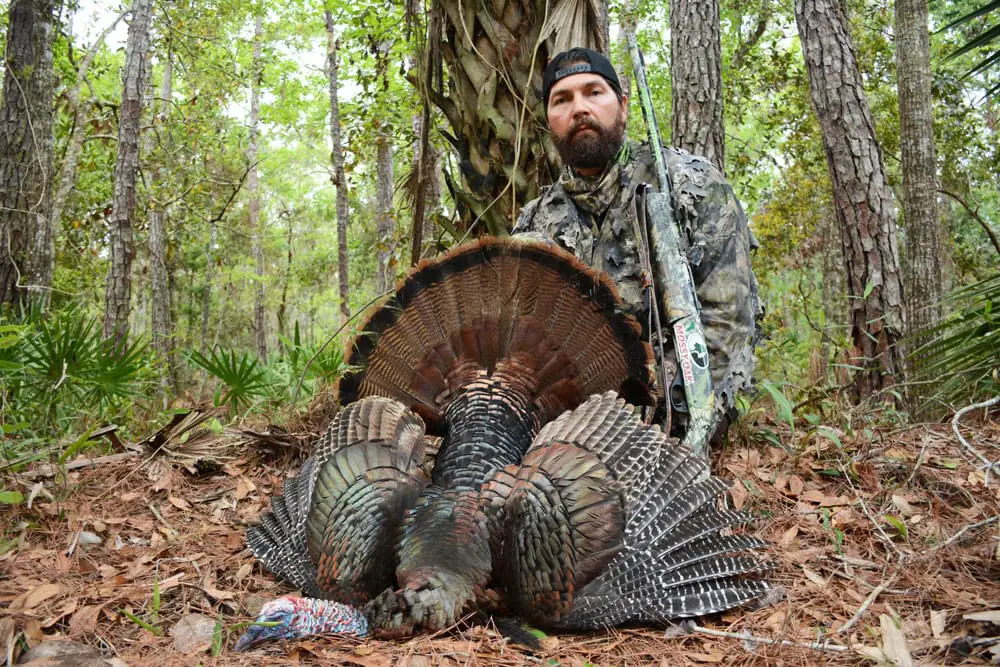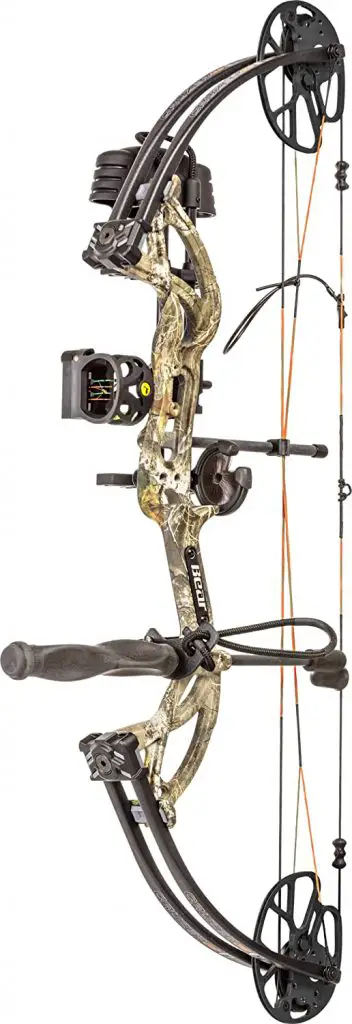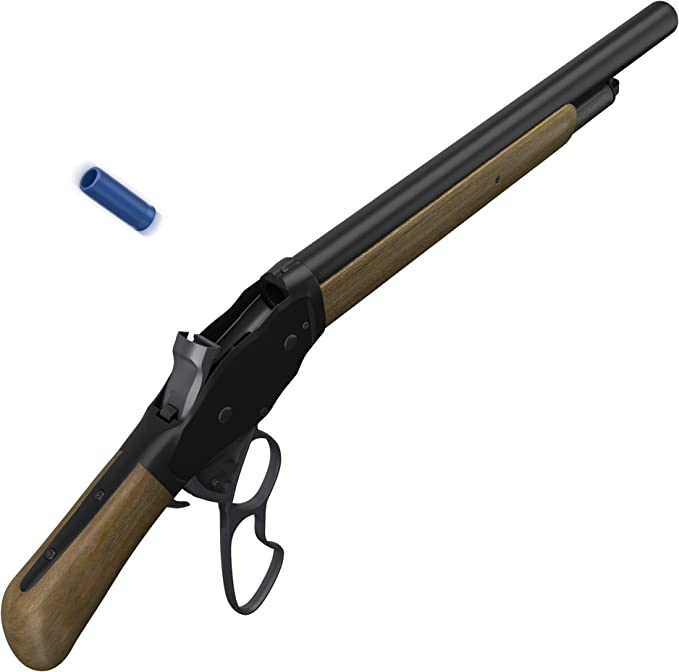Knowing when to shoot a wounded turkey is a must when attempting to re-capture one. This article will give you the inside scoop on how to successfully take down a wounded gobbler and get him or her to return to you. Patience is the key to getting a shot to work. Read on to learn the signs that the bird has been shot and the proper shot placement.
Patience is key to getting a wounded turkey to return after being shot
The key to a successful turkey hunt is to remember to remain patient. Never take your eyes off a turkey, even if it is down. Don’t be tempted to take another shot, especially if you think it is attempting to run away. A turkey’s high-strung memory is short-lived, so don’t assume that it will try to get away. You can’t kill a bird without putting its life at risk.
Signs of a gobbler being shot
You may have heard the croaking of a gobbler before and been confused about the noise. However, this is completely normal. Gobblers usually startle their prey by fluttering their tail feathers or by strutting. While some gobblers may be successful at evading hunters, others may not be so lucky. There are certain signs to look for that can alert you to a gobbler being shot.
Signs a gobbler is perched on a limb
A turkey that has been shot at may not be responding to its slate calls or strutting around, but there are several signs to look for that could indicate the turkey is in trouble. The first sign to look for is a strutting gobbler. If the gobbler is not looking at you, it may be spooked by the gunshot and may be hiding. If the gobbler has been shot at several times, he is likely to be in a position where he can’t escape.
Proper shot placement
To get a better chance of making your turkey come back after being shot at, make sure you know where to aim your shots. While you will probably want to aim for the bird’s heart and lungs, you will also want to pay attention to how it acts when it is hit. If it struggles when flying, it has already been shot. In order to make your turkey come back after being shot at, follow the guidelines listed below.
Taking a shot with a bow
When turkey hunting with a bow, a headshot is the hardest shot to take. The headshot is the fastest way to kill a turkey cleanly, but the odds are low that the bird will survive and come back. Instead, aim for the turkey’s head. This will cause it to cluck or throw its head up in the air, allowing you to make your shot.
| Bear Archery Cruzer G2 Adult Compound Bow |
Identifying a gobbler in the field
You may have had a great hunting trip, but now you’re wondering if you’ve hit a gobbler in the field after you were shot. It’s important to remember that gobblers are creatures of habit, so they’ll respond to bumps in a different way depending on the situation. While a truck passing in a field may send a gobbler into hiding for only a few minutes, a hunter walking along the field edge may cause the bird to flee for hours. Even if they were already down, they may still respond to your calls.
Taking a shot with a shotgun
If you have a turkey that has been shot by you, it is crucial that you do not take your eye off the bird immediately after firing the gun. While it may seem tempting to run and check on the downed turkey, you need to wait for it to drop. When it finally does fall, you may notice a blood trail. This is your cue to fire another shot.




